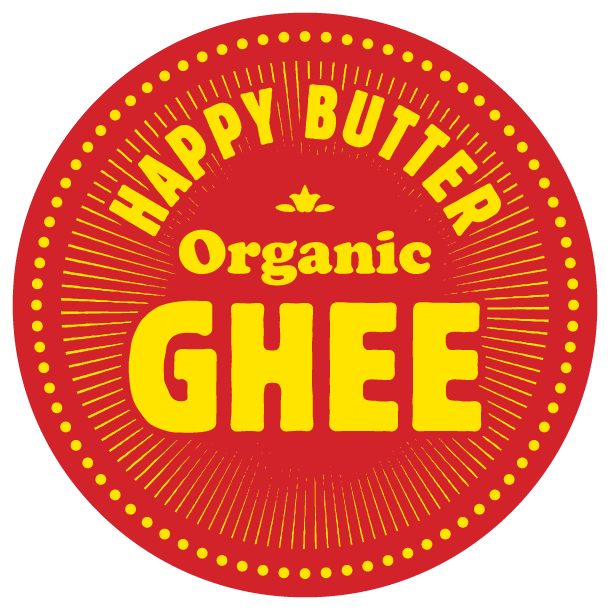How To Use Ghee To Enrich Your Easter Cooking And Baking
It will shortly be Easter, and it’s a welcome holiday as we rest, refresh and enjoy the spring weather. Good food is naturally associated with Easter because it marks the end of Lent, which is traditionally a period of religious fasting.
It’s customary to gather together for a roast dinner on Easter Sunday, and enjoy other treats such as hot cross buns and of course lots of chocolate! If you are going to be cooking or baking over the holiday, then you might be interested to know how organic ghee can be used to make your efforts taste extra special. Here are some ways you can use ghee this Easter.
Extra depth and flavour to roast vegetables
Roast potatoes, parsnips and carrots are the classic accompaniment to Sunday dinner. Try switching your regular cooking oil or fat for melted ghee: it has a very high smoke point so you don’t need to worry about it burning. This will give your vegetables a beautiful crisp exterior, while remaining soft and fluffy on the inside.
What’s more, organic ghee has a pleasing nutty and slightly sweet taste, so your veg will not only be perfectly cooked with a golden caramelised finish, but also infused with subtle flavour for extra depth.
Cook roast meat for optimum taste and texture
Ghee does not break down even when used at prolonged high temperatures, so it’s ideal for preparing roast meats. Rub lamb, beef, or poultry with ghee before putting it in the oven to seal in moisture and infuse the crust with flavour.
For an extra dimension, mix melted ghee with herbs and garlic before basting the meat. This will also provide excellent stock, so be sure to collect the juices in the roasting tin to make delicious gravy.
Spread ghee on hot cross buns
Hot cross buns are a traditional Easter treat, although their origins can be traced back to the Ancient Egyptians who baked small round breads topped with crosses, which was thought to be a way of honouring their gods. The Romans also made sweet baked goods topped with a cross to pay tribute to gods associated with morning and light.
In the 12th century, English monks began to decorate buns with a cross to mark Good Friday, and over time fruits and spices were added to the buns, as these were symbolic of health and good fortune.
The spiced buns were banned when the English broke away from the Catholic church in the 16th century, but eventually permission was granted to produce them on festive occasions such as Christmas and Easter. Instead of spreading butter or margarine on your hot cross buns this year, try using organic ghee instead.
It will complement the spicy and fruity flavours perfectly, and if you prefer to toast your buns, it will melt to provide a delicious rich and indulgent flavour and texture. Ghee can also be used instead of butter in recipes such as cakes and biscuits, and it can help to prevent them from drying out.
